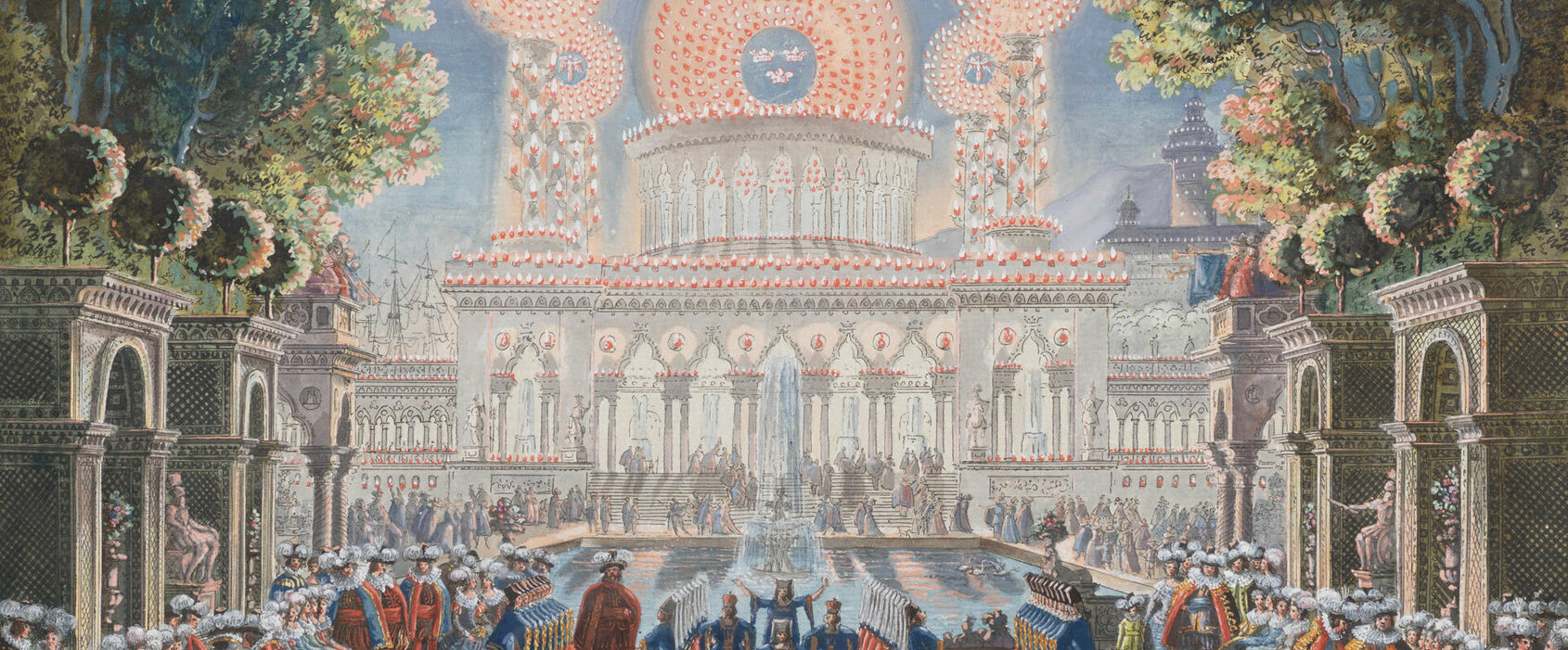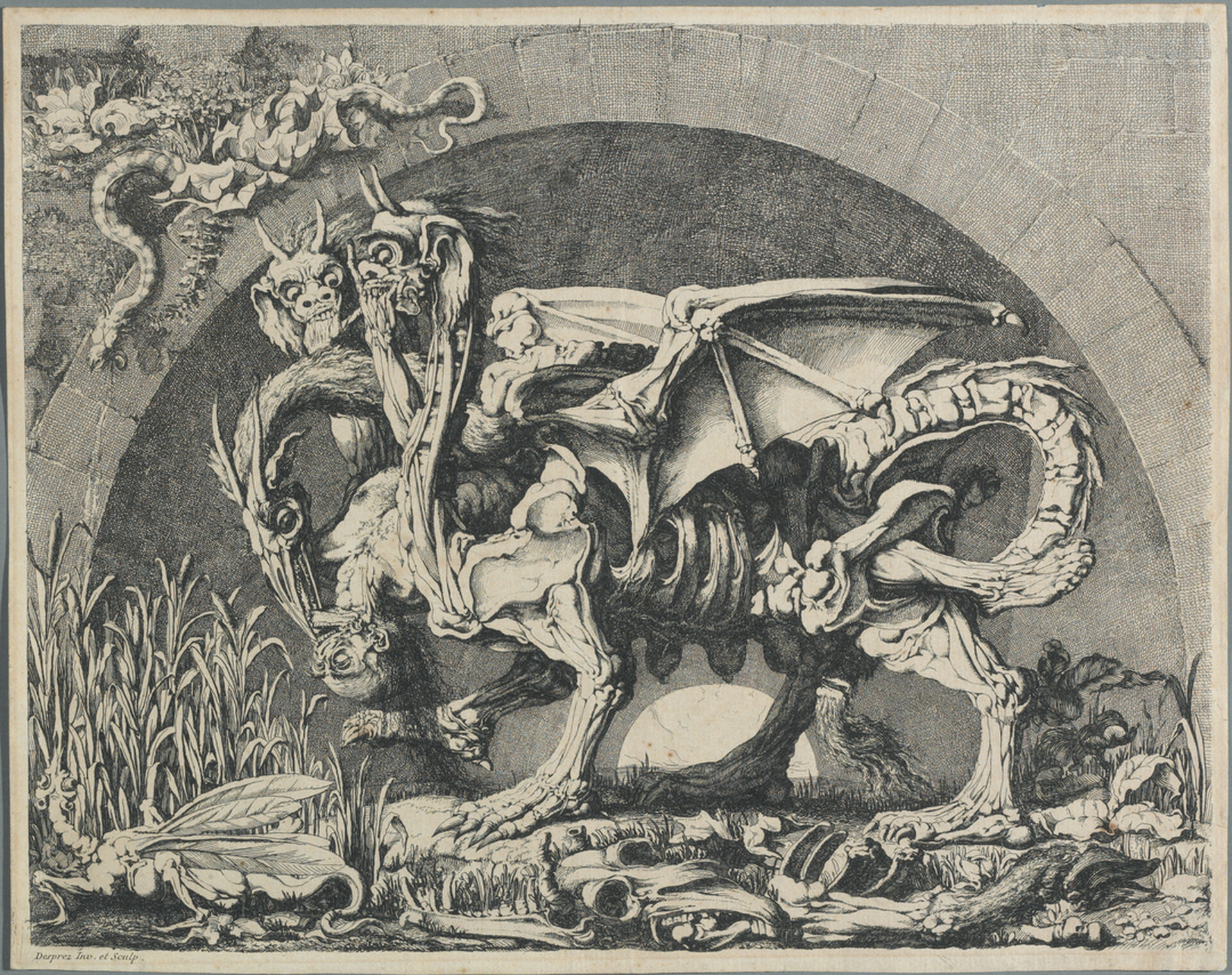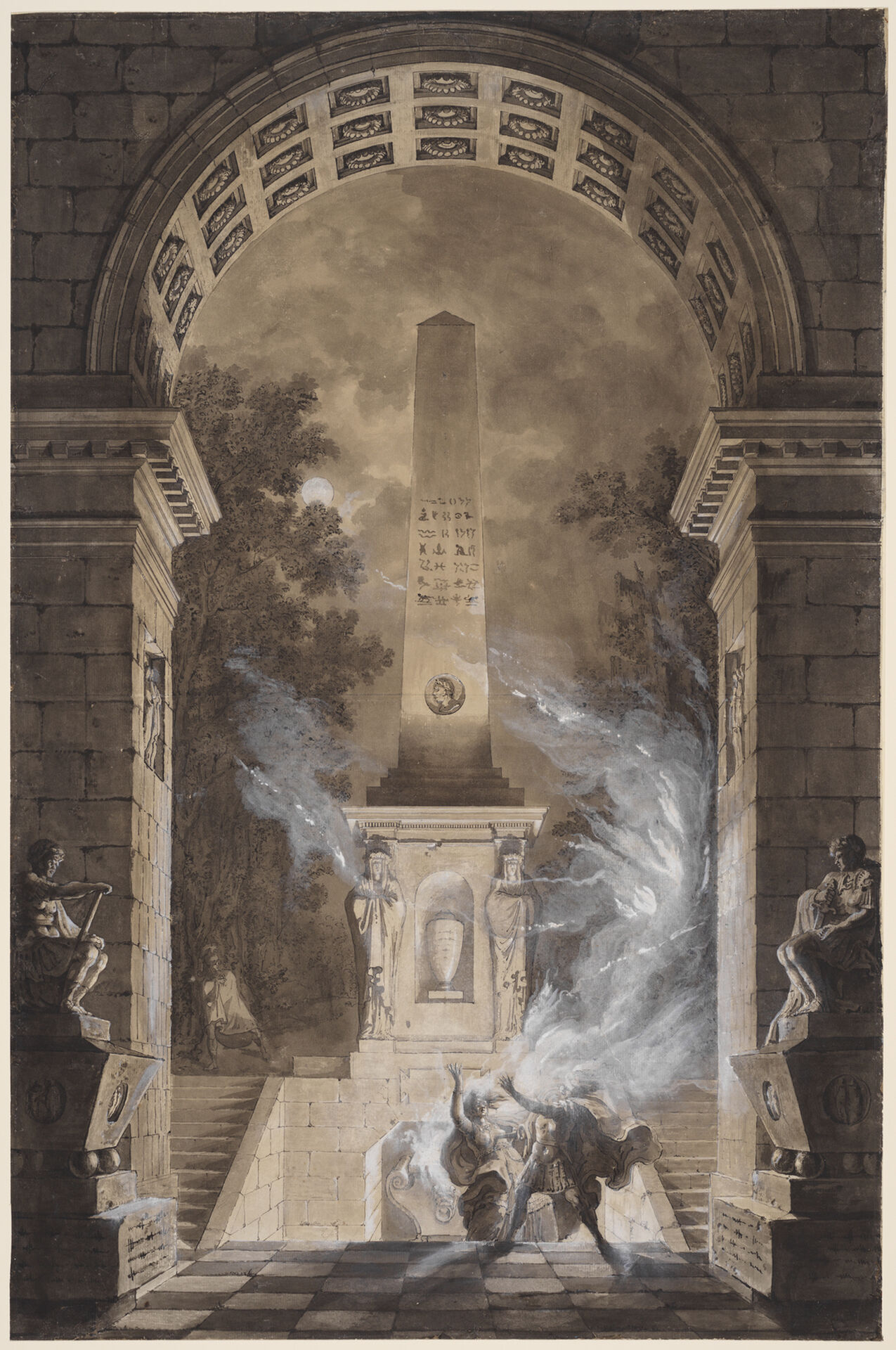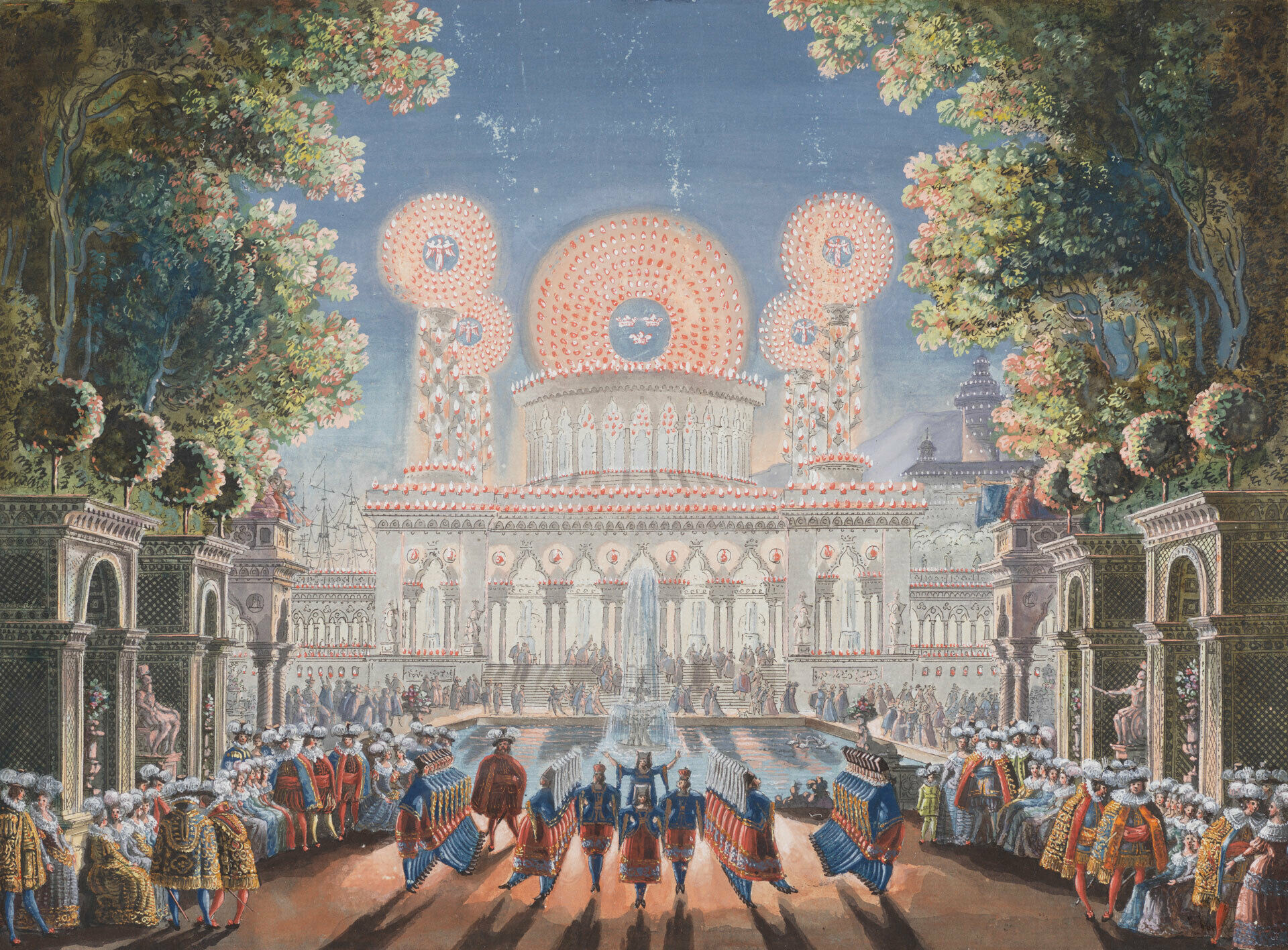Louis-Jean Desprez was a traveler, painter, architect, and engraver – and one of the foremost scenographers of the late 18th century. At Institut suédois (Swedish Institute) in Paris, you can visit an exhibition running through the autumn that highlights and brings renewed attention to this multidisciplinary artist. The exhibition is produced by Instsitut Suédois and Nationalmuseum.
At Institut suédois in Paris, you can view parts of an art collection known as the Tessin Collection, which bears witness to the cultural and political ties between Sweden and France from the 17th century to the present day. The collection features works by artists such as Alexander Roslin, Louis-Jean Desprez, Jacques-Philippe Bouchardon, Julia Beck, and Olle Baertling. The collection is managed by Nationalmuseum.
In connection with the rehanging of the Tessin Collection in spring 2025, artist Louis-Jean Desprez is being honored with a dedicated exhibition that highlights his central role in the artistic exchange between France and Sweden during the 18th century.
Louis-Jean Desprez, born in Auxerre just southeast of Paris in 1743, was one of the most important artists of the Gustavian era and the leading theatrical scenographer of his generation.
Desprez was trained in Paris, and during a scholarship-funded trip to Italy in 1784, he met the Swedish king, Gustav III, who contracted him to work in Stockholm creating stage sets. These would go on to revolutionize stage design.
Because of his close association with Gustav III, Desprez fell out of favor after the king’s death and lost many commissions. When he died in Stockholm in 1804, he was a destitute and forgotten artist.
Desprez had a penchant for the macabre and the romantically grotesque, and his imagery moves between dream and reality. The art he created seems to foreshadow both horror cinema and much of modern art.
The exhibition presents around twenty works – drawings and prints – drawn from both the Tessin Collection and other parts of Nationalmuseum's collections. It showcases several of Desprez’s most important graphic works, which testify to his dramatic and theatrical imagination. As the first exhibition devoted to the artist in over 30 years, he appears more relevant than ever.



